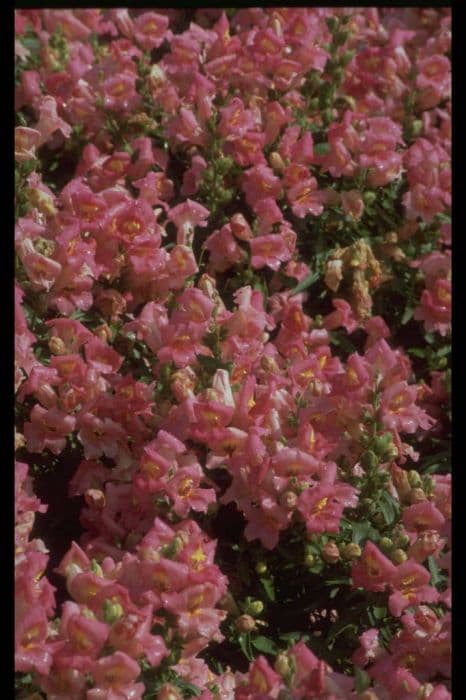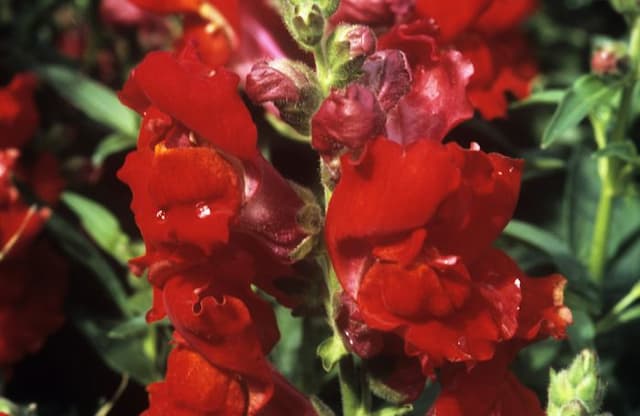Beardtongue Penstemon hartwegii

ABOUT
Penstemon hartwegii, commonly known as Hartweg's Beardtongue, is a visually striking plant known for its vibrant and showy flowers. The blossoms of the Hartweg's Beardtongue are tubular, resembling an elongated bell, and they come in a variety of colors including deep reds, purples, pinks, and sometimes whites, often with a contrasting throat that is sometimes white or streaked. These flowers grow densely on tall, upright stalks that present them above the foliage. The foliage of Hartweg's Beardtongue is comprised of lance-shaped leaves that are somewhat glossy, with a rich green color. These leaves sometimes feature fine serrations along the edges and are arranged oppositely along the stems, creating a lush backdrop for the dramatic floral display. Hartweg's Beardtongue has a tidy, clump-forming habit, with the leaves and flower spikes emerging from a central point, creating a full and bushy appearance that is both tidy and natural. Owing to its striking flowers, the plant is a favorite among gardeners who want to add vibrant colors and an elegant vertical element to their gardens. It also holds special value for hummingbirds and pollinators, as its nectar-rich blooms are a popular food source.
About this plant
 Names
NamesFamily
Plantaginaceae.
Synonyms
Hartweg's Beardtongue, Hartweg's Penstemon.
Common names
Penstemon hartwegii Benth.
 Toxicity
ToxicityTo humans
The Beardtongue is not generally considered toxic to humans. There is a lack of significant evidence indicating that ingesting Beardtongue leads to poisoning. As with any non-food plant, individual sensitivities can vary, and it is wise to avoid ingesting plants not meant for consumption to prevent potential stomach upset or allergic reactions.
To pets
The Beardtongue is also not known to be toxic to pets such as dogs and cats. There is no widespread documentation of pets being poisoned by ingesting this plant. However, as with human ingestion, it is always best to discourage pets from eating ornamental plants to prevent possible digestive discomfort or an unexpected allergic reaction.
 Characteristics
CharacteristicsLife cycle
Perennials
Foliage type
Deciduous
Color of leaves
Green
Flower color
Varies
Height
2-3 feet (0.6-0.9 meters)
Spread
1-2 feet (0.3-0.6 meters)
Plant type
Herb
Hardiness zones
7
Native area
Mexico
Benefits
 General Benefits
General Benefits- Attracts Pollinators: Penstemon hartwegii, commonly known as Hartweg's beardtongue, is known for attracting bees, butterflies, and hummingbirds, which are essential for pollination.
- Drought Tolerant: This plant is highly suitable for xeriscaping as it requires minimal watering once established, making it a good choice for water-conservation landscapes.
- Aesthetic Appeal: With its tall spikes of colorful tubular flowers, Hartweg's beardtongue adds vibrant visual interest to gardens and outdoor spaces.
- Native Plant Gardening: As a native plant, it supports local ecosystems and is well-adapted to the soil and climate conditions of its natural habitat.
- Easy to Grow: It is relatively easy to cultivate, requiring little maintenance, which makes it ideal for beginner gardeners and those seeking low-maintenance garden plants.
 Medical Properties
Medical Properties- There is currently no well-documented evidence to support the medicinal use of Penstemon hartwegii, which is commonly known as Beardtongue.
 Air-purifying Qualities
Air-purifying QualitiesThis plant is not specifically known for air purifying qualities.
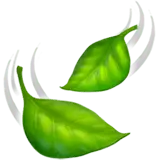 Other Uses
Other Uses- Hummingbird Attractant: Hartweg's beardtongue flowers are a natural attractant for hummingbirds, making it an ideal plant for bird watchers to add to their gardens.
- Butterfly Garden: The nectar-rich blooms are also loved by butterflies, thus they can be used to create a butterfly-friendly habitat.
- Floral Arrangements: The showy blooms can be used in cut flower arrangements for their vibrant colors and striking form.
- Erosion Control: Hartweg's beardtongue can be planted on slopes or areas prone to erosion as its roots help stabilize soil.
- Xeriscaping: Being drought-resistant, it is a great choice for xeriscaping, which is landscaping designed to reduce or eliminate the need for irrigation.
- Education: Can be used in educational settings such as schools and botanical gardens to teach about pollination and the role of native flora.
- Photography: The plant's vivid flowers provide an excellent subject for photographers, especially those specializing in macro photography of flora.
- Crafting: Dried blooms of Hartweg's beardtongue can be used in crafting, for making bookmarks, pressed flower art, and other decorative items.
- Landscape Focal Point: With their tall spikes of colorful flowers, these plants can serve as an attractive focal point in garden landscapes.
- Culinary Garnish: While not widely recognized as an edible, the flowers can be used as a colorful garnish for salads and desserts, after ensuring they are free from pesticides and safe for consumption.
Interesting Facts
 Feng Shui
Feng ShuiThe Beardtongue is not used in Feng Shui practice.
 Zodiac Sign Compitability
Zodiac Sign CompitabilityThe Beardtongue is not used in astrology practice.
 Plant Symbolism
Plant Symbolism- Endurance: Penstemon hartwegii, also known as Beardtongue, often symbolizes endurance due to its hardy nature and ability to withstand tough conditions.
- Versatility: Beardtongue's wide range of colors and adaptability in various landscapes signifies versatility and the ability to thrive in diverse environments.
- Open Communication: The open, tubular flowers of Beardtongue may represent open communication and the sharing of thoughts and emotions.
- Health and Wellness: Historically, some Penstemons have been used in medicinal remedies, so Beardtongue can signify health and healing.
 Water
WaterBeardtongue, or Penstemon hartwegii, should be watered deeply, and the soil should be allowed to dry out slightly between waterings. In general, watering once a week with one inch of water should be sufficient, but this might need to be adjusted depending on climate and soil conditions. During the hottest parts of the summer, more frequent watering may be necessary, especially if the plant is in full sun or the temperatures are consistently above 85 degrees Fahrenheit. In contrast, reduce watering during the fall and winter months when the plant is not actively growing. It's best to avoid overhead watering to keep the foliage dry and prevent disease.
 Light
LightBeardtongue thrives in full sun to partial shade. It performs best when it receives at least 6 to 8 hours of direct sunlight daily. The ideal spot for planting Beardtongue would be in a location where it can enjoy morning sun with some afternoon shade, particularly in hot climates, to protect it from the intense heat of the late day.
 Temperature
TemperatureBeardtongue prefers moderate conditions and is generally hardy in USDA zones 3 through 8, which means it can tolerate minimum temperatures down to -30 degrees Fahrenheit. The ideal temperature range for growing Beardtongue is between 60 and 70 degrees Fahrenheit during the day and cooler at night. Although it can tolerate higher temperatures, prolonged extremes above 85 degrees Fahrenheit may stress the plant.
 Pruning
PruningPruning Beardtongue promotes bushier growth, encourages more blooms, and helps to maintain a tidy appearance. Prune in late winter or early spring just before new growth begins, removing any dead or damaged stems. Deadheading spent flowers throughout the growing season can also encourage further blooming. The best time for substantial pruning is after the last frost has passed.
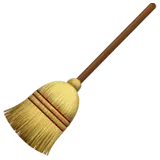 Cleaning
CleaningAs needed
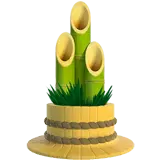 Soil
SoilBeardtongue thrives in a well-draining, loamy to sandy soil mix with added organic matter to retain some moisture. A pH range of 6.0 to 8.0 is suitable. Avoid heavy, wet soils to prevent root rot.
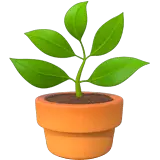 Repotting
RepottingBeardtongue doesn't require frequent repotting. Repot every 3-4 years or when the plant becomes root-bound to ensure healthy growth.
 Humidity & Misting
Humidity & MistingBeardtongue prefers moderate humidity levels but is adaptable to lower humidity environments, as long as proper watering practices are maintained.
 Suitable locations
Suitable locationsIndoor
Provide bright light, ensure good air flow.
Outdoor
Full sun to partial shade, protect from strong winds.
Hardiness zone
3-8 USDA
 Life cycle
Life cycleBeardtongue (Penstemon hartwegii) begins its life cycle as a seed, typically sown in late winter or early spring in a well-draining soil mix. Upon germination, the seedling develops true leaves and a root system as it enters the vegetative stage, where it focuses on growth and energy accumulation. As the plant matures, it enters the flowering stage, usually in late spring to early summer, producing tall spikes with tubular flowers that attract a variety of pollinators. After pollination, flowers develop into seed capsules, and as they dry, the plant enters the seed dispersal stage, where seeds are released to start a new generation. Some individual plants may be perennial, surviving through the winter and entering a period of dormancy before regrowing from the rootstock the following spring. Over time, older plants may decline and die, completing their life cycle, while their seeds carry on the species.
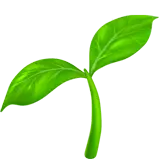 Propogation
PropogationPropogation time
Spring-Early Summer
The Beardtongue, more commonly known by its scientific name Penstemon hartwegii, is most popularly propagated by seed. The best time to sow seeds is late winter to early spring, ensuring that the risk of frost has passed, or they can be started indoors 6-8 weeks before the last expected frost. Surface-sow the seeds onto well-draining soil mix and gently press them into the medium without covering, as they need light to germinate. Maintain a consistent moisture level and a temperature of about 65-70 degrees Fahrenheit (18-21 degrees Celsius) to encourage germination, which typically occurs in 2-3 weeks. After the seedlings have grown enough to handle, usually when they have a couple of sets of true leaves, they can be transplanted into individual pots or moved to their final position in the garden.
